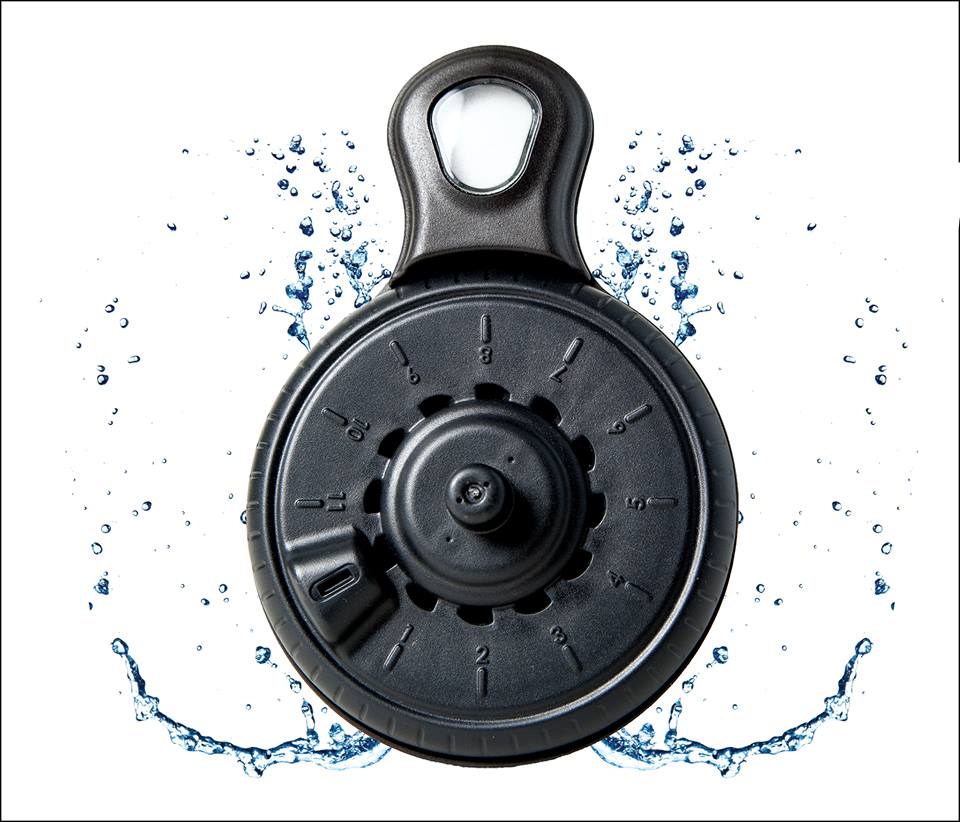The Mindstream is a new type of aquarium monitoring device which is aiming to bring about big changes in aquarium water testing and monitoring. With no explanation as to how it works, fundamentally, the Mindstream is designed to continuously monitor no fewer than twelve water parameters. Fluorescence imagine is used to monitor the levels of pH, nitrate, calcium, ammonium, magnesium, alkalinity, CO2, salinity, oxygen, temperature, potassium, conductivity, ammonia and nitrite.
We presume that the Mindstream uses some kind of proprietary color changing test strips the way that the Seneye does it, but this is purely speculation and we will have to wait until the device actually launches to learn more about its function. The Mindstream communicates the values of your aquarium water by synching over wifi to the Mindstream cloud service which is then easily viewable from any desktop, laptop or mobile device.
If all of this fancy functionality seems kind of outlandish, at least the $600 somewhat brings it back down to earth and for what it does, if it does it well, we don’t see any reason why the masses of aquarium keepers, both fresh and salt will line up for the ultimate aquarium chemistry tool. Really taking things to the next level is a secondary wireless radio chip which is intended to communicate with third party devices, like aquarium controllers, so that the monitored values can be used to automagically adjust aquarium water chemistry.
All of this ambitious functionality is still a long way from being full rolled out in the aquarium world but the initial core Mindstream device should be seeing the light of day rather soon. Sometime early next year 2014 Mindstream will begin the launch of the aquarium monitor in the US market and internationally after that.
What do you think of the claims that the Mindstream team is making about this water testing tool? Do you think it would work as advertised? Any of you have an idea about how this thing really works? If so, clue us in in the comments.




